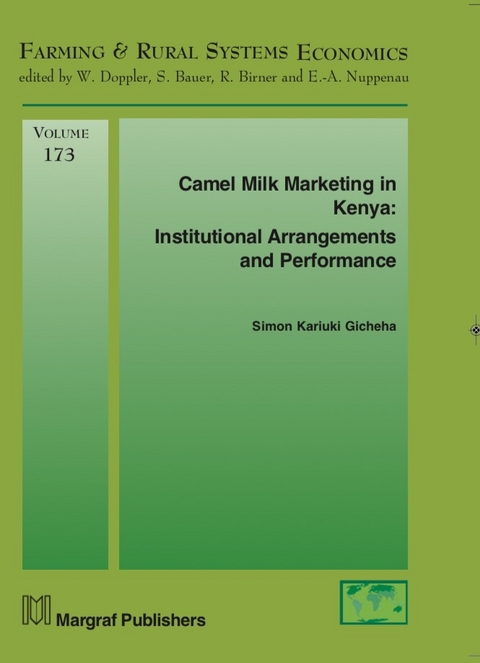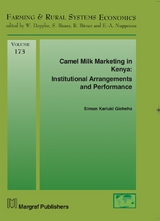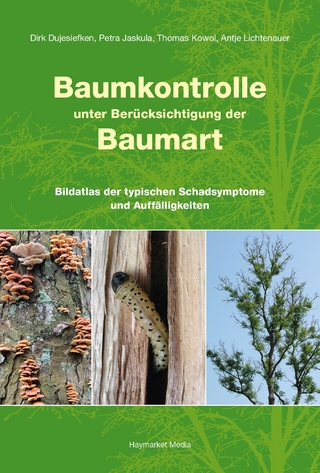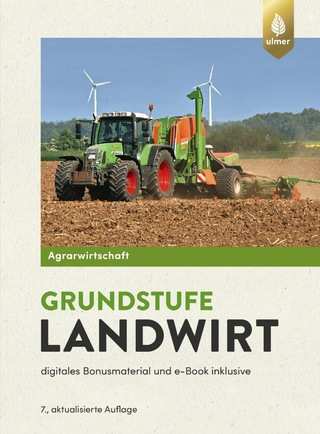Camel Milk Marketing in Kenya
Institutional Arrangements and Performance
Seiten
Smallholder agricultural markets in the majority of Sub-Saharan Africa are liberalized to enhance market linkages and efficiency. However, the result of the private sector response has been disappointing, especially in areas with constrained market infrastructure. Coordination problems and high transaction costs have considerably constrained market functioning. To reduce these costs, new institutional innovations such as the strengthening of collective marketing groups to improve the performance of rural contractual arrangements would be required. This could be the rationale behind similar institutional innovations in Camel milk enterprise in Kenya where contractual arrangements are married with collective action at market intermediation to rival individual trade relationships. However, the mere presence of these innovations may not automatically assure that those trade relationships are efficient. This could be true for the camel milk trade where farmers continue to face relatively high trans- action costs that denies them the opportunity to tap the gains from the growing demand in the local and international market despite such interventions. This book seeks to establish the appropriateness of a higher degree of coordination in economizing transaction costs with a focus on how the alternative institutional arrangements in camel milk marketing compare based on transaction cost and the extent to which variation in these arrangements can be explained by product characteristics, market requirements, and the market structure. The focus is also on the scope for improvements and the parties and cost attributes necessary to make the institutional arrangements feasible as transaction cost reduction mechanism. The analytical framework is based on the transaction cost approach combined with a modelling assessment for simulation of organization forms under the existing market conditions. The book identifies transport and information costs as important transactions and marketing costs that influence milk transactions through the trader cooperative. The evidence of presence of increasing returns to scale is detected indicating the scope for efficiency improvement. Milk allocation and revenues from trade can therefore be significantly increased by enhancing the efficiency of the existing collective efforts among camel milk traders. However, such transaction costs reduction interventions at the farmer level would not however achieve any meaningful improvement in volume transacted through trader cooperatives and incomes unless accompanied by an improved procurement price. This calls for support for agricultural market information, improvement of road infrastructure and streamlining storage and transportation.
| Erscheinungsdatum | 14.09.2023 |
|---|---|
| Verlagsort | Weikersheim |
| Sprache | englisch |
| Maße | 150 x 210 mm |
| Gewicht | 230 g |
| Themenwelt | Weitere Fachgebiete ► Land- / Forstwirtschaft / Fischerei |
| Schlagworte | camel milk • Kenya • Marketing |
| ISBN-10 | 3-8236-1814-8 / 3823618148 |
| ISBN-13 | 978-3-8236-1814-0 / 9783823618140 |
| Zustand | Neuware |
| Informationen gemäß Produktsicherheitsverordnung (GPSR) | |
| Haben Sie eine Frage zum Produkt? |
Mehr entdecken
aus dem Bereich
aus dem Bereich
Buch | Hardcover (2023)
DLG-Verlag
79,90 €
Buch | Hardcover (2023)
Haymarket Media (Verlag)
31,80 €




